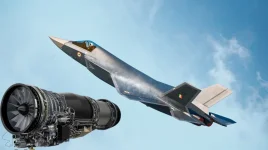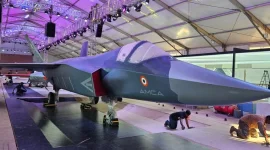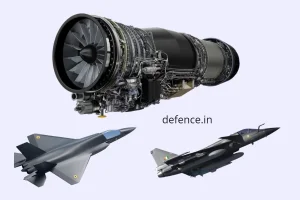- Views: 1K
- Replies: 15
The recent decision to transfer the Unmanned Combat Aerial Vehicle (UCAV) program from the Aeronautical Development Agency (ADA) to the Aeronautical Development Establishment (ADE) has sparked controversy and raised concerns within India's defence and aerospace sectors.
This shift has not only disrupted the collaborative dynamic between these two key organizations but also raised questions about its potential impact on morale and inter-agency cooperation.
To understand the implications of this move, it's crucial to recognize the distinct roles of ADA and ADE. ADA, renowned for its work on the Tejas Light Combat Aircraft, is the primary agency responsible for developing advanced fighter aircraft and systems for the Indian Air Force (IAF). Its mandate focuses on the design, development, and validation of next-generation aviation technologies.
ADE, on the other hand, operates under the Defence Research and Development Organisation (DRDO) and specializes in unmanned aerial systems (UAS), including UAVs and UCAVs. ADE has been instrumental in developing various unmanned systems for the Indian defence sector, such as the Nishant and Rustom series of drones.
Historically, ADA and ADE have worked collaboratively to advance India's aerospace capabilities. However, the recent transfer of the UCAV program has introduced tension into this relationship.
The decision to shift the UCAV program from ADA to ADE represents a significant departure from this collaborative approach. Initially, the UCAV project, crucial for enhancing India's aerial warfare capabilities, was under ADA's purview, aligning with their expertise in both manned and unmanned aircraft systems. However, the government's decision to transfer the program to ADE has raised concerns and fueled speculation about the underlying motivations.
Several factors may have contributed to this shift. ADE's specialization in unmanned systems and the growing importance of drones in modern warfare likely played a role. However, the decision has also raised concerns about potential morale decline within ADA and the possibility of inter-agency disputes.
ADA officials have expressed concerns about being sidelined in a project that aligns with their expertise. This has led to anxieties about ADA's future role in developing cutting-edge aviation technologies and its ability to contribute to projects involving both manned and unmanned systems.
While the shift presents an opportunity for ADE to showcase its capabilities, it also brings challenges. Developing a sophisticated combat drone is a complex undertaking, and ADE will need to ensure it has the necessary resources and expertise to deliver a successful UCAV.
The transfer of the UCAV program highlights the complexities of managing inter-agency relationships and the importance of clear communication and collaboration within India's defence establishment. It remains to be seen how this shift will ultimately impact the development of the UCAV and the broader collaborative dynamic between ADA and ADE.




